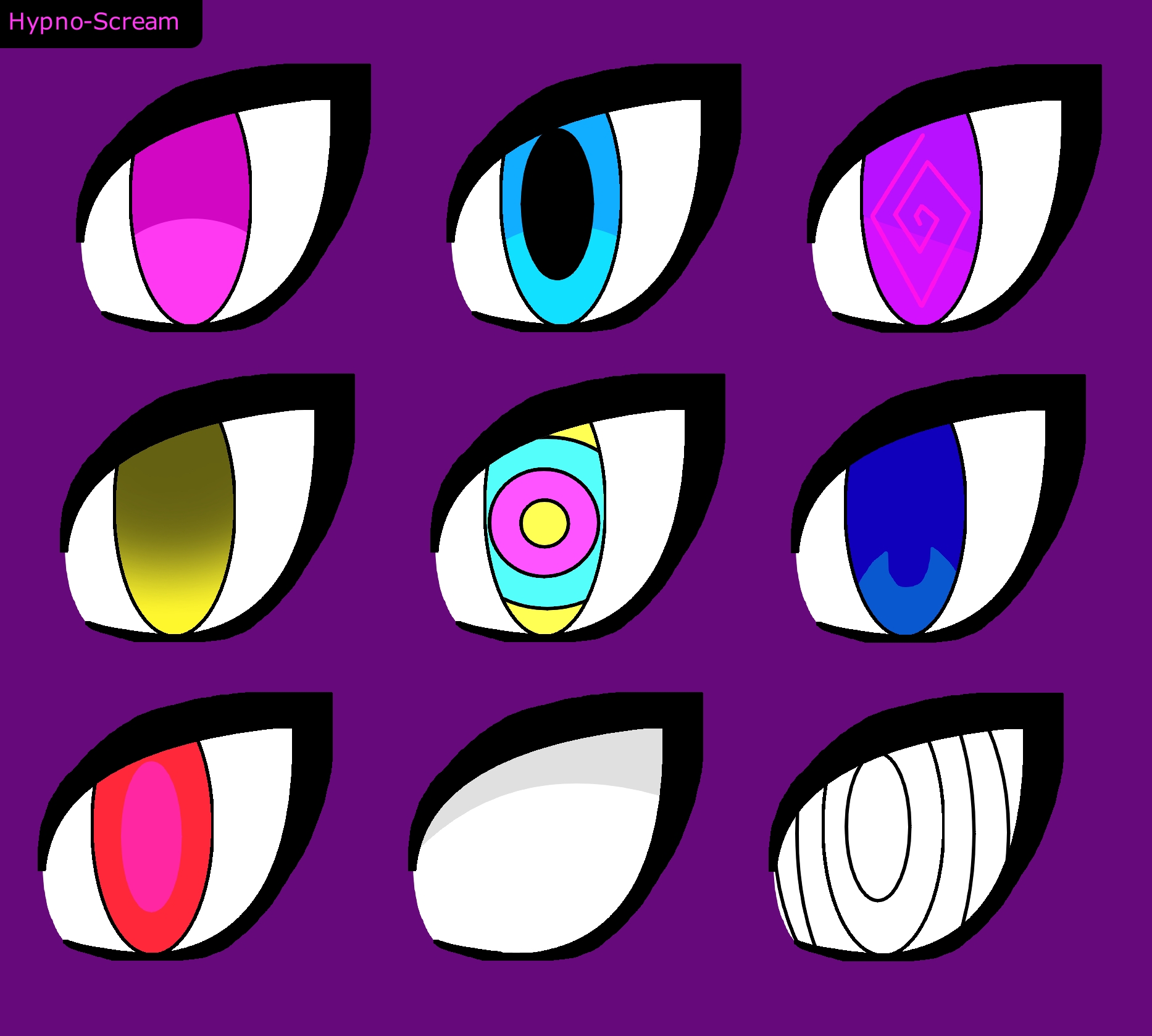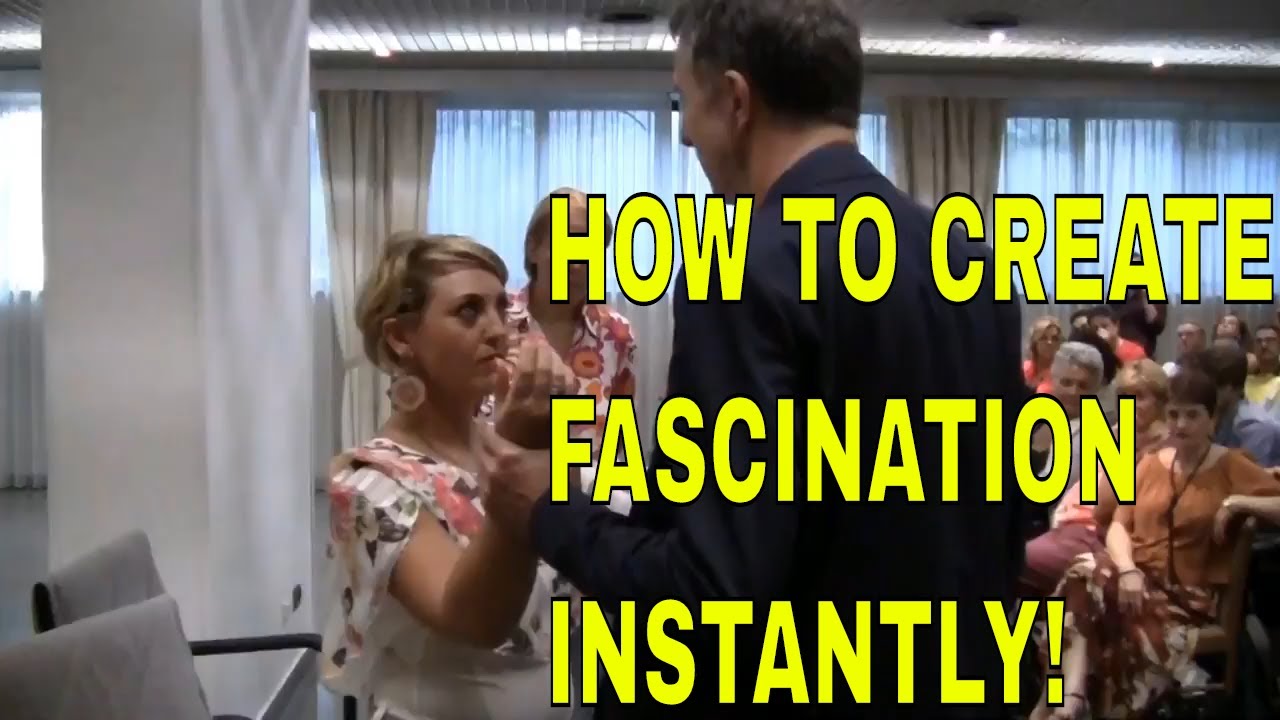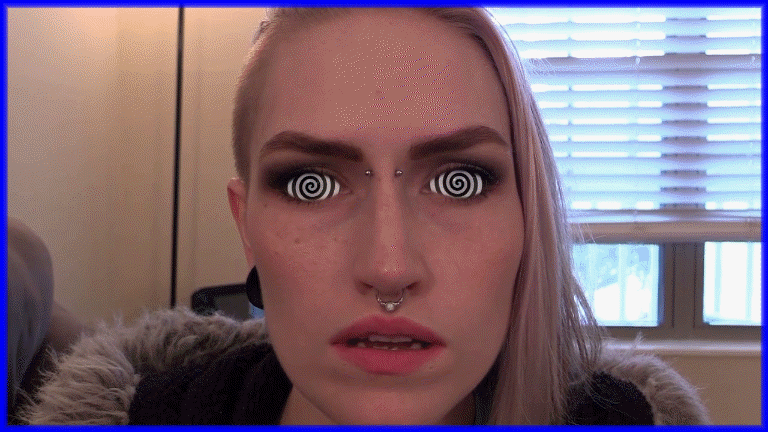Welcome to the intriguing world of eye hypnosis! This fascinating technique involves using eye movements and gazing to induce a trance-like state in oneself or others. It can be a powerful tool for relaxation, self-discovery, and even therapeutic purposes. Imagine being able to unlock the potential of your subconscious mind just by focusing on someone's eyes. Whether you're a curious newbie or someone looking to enhance your existing skills, eye hypnosis offers a gateway to explore your mental landscape.
In this blog post, we will delve into the nuances of eye hypnosis, its history, and how it can benefit individuals in a myriad of ways. So, grab a comfy seat, and let’s embark on this hypnotic journey together!
The Science Behind Eye Hypnosis

So, what really happens in our brains during eye hypnosis? It's a mix of psychology, neurology, and a dash of magic! When we engage in eye hypnosis, we're tapping into some fascinating scientific principles.
Here are some key elements that explain the science behind eye hypnosis:
- Focus and Attention: Eye hypnosis requires deep concentration. This level of intensity enhances suggestibility, which is crucial for inducing a hypnotic state.
- Eye Movement and Brain Function: The way our eyes move can trigger various brain functions. For instance, steady gazes can stimulate certain areas of the brain associated with relaxation.
- Mirror Neurons: These special cells activate when we observe someone else's emotions or actions. During eye hypnosis, the connection established can elicit empathy and create trust, making the subject more open to suggestions.
- Altered States of Consciousness: Eye fixation can lead to altered states where the mind becomes more receptive. It’s similar to daydreaming and can significantly impact thoughts and behaviors.
Research indicates that eye movement can help reduce anxiety and stress levels as well. Techniques like Eye Movement Desensitization and Reprocessing (EMDR) utilize eye movements to help individuals process traumatic memories more effectively. This highlights the therapeutic potential of eye hypnosis not just as a fascinating skill, but as a valuable tool in holistic healing.
So, the science is just as captivating as the practice itself. Understanding these principles can enhance your effectiveness in mastering eye hypnosis techniques, whether for personal exploration or helping others.
Setting the Right Environment for Eye Hypnosis

When diving into the world of eye hypnosis, creating the perfect environment is key to achieving the best results. Think of it as setting the stage for a performance; you want everything just right to capture your audience’s attention. Here are a few essential elements to consider:
- Lighting: Soft, dim lighting helps in creating a calm atmosphere. Natural light is great during the day, while warm lamps or candles can set the mood in the evening.
- Comfort: Ensure that you and the person you are hypnotizing are both comfortable. Use plush chairs, cushions, or even a cozy sofa. If possible, let them lie down as it can enhance relaxation.
- Sound: Background noise can be distracting. Consider using soft music or nature sounds to create a soothing ambiance. Alternatively, a quiet room can also work wonders.
- Distractions: Eliminate any interruptions. Turn off mobile phones, close windows, and try to ensure that people won't walk in unexpectedly.
- Aromatherapy: Scents like lavender or chamomile can help induce relaxation. Consider using essential oils or incense to enhance the atmosphere.
By setting the right environment, you can promote a sense of tranquility and focus, making it easier for you to master eye hypnosis techniques and help others enter a hypnotic state.
Basic Techniques for Hypnotizing with Your Eyes

Now that your environment is primed, let's delve into some basic eye hypnosis techniques. Hypnosis is all about focus and connection, and your eyes play a crucial role in this process. Here are a few effective methods to help hypnotize someone with just your gaze:
- The Stare Technique: This classic method involves maintaining a steady and calm gaze on the person’s eyes or even their forehead. The goal is to create a sense of connection. Make sure your gaze is soft and inviting.
- Eye Movement Coordination: Try slowly moving your eyes in a specific pattern—like circles or gentle zigzags. Encourage the other person to follow your gaze. This can help redirect their focus and pull them into a trance.
- Progressive Relaxation Gaze: As you hold their gaze, guide them into relaxation by using verbal cues. For example, say, “With each breath, feel your eyelids getting heavier.” This combines both verbal suggestions and visual focus.
- Counting Down with Your Eyes: Use your eyes to count down slowly from five to one. Each time you mention a number, subtly lift or lower your eyelids, encouraging the other person to follow suit. This can enhance their sense of relaxation.
- Emotional Connection: As you gaze into their eyes, subtly express your intention through your own emotional energy—calmness, confidence, and clarity can seep through your eyes, making it easier for them to surrender to the experience.
Remember, practice is essential! The more you put these techniques to work, the more natural they will become, allowing you to guide others into a tranquil state through the power of your gaze.
Common Mistakes to Avoid in Eye Hypnosis
When starting out with eye hypnosis, it’s crucial to steer clear of common pitfalls that can hinder your progress or even cause discomfort to you or your subjects. Here are some of the most prevalent mistakes
- Rushing the Process: A common error is trying to rush through the induction phase. Remember that establishing rapport and creating a conducive atmosphere is vital. Take your time!
- Ignoring Participant Comfort: Always ensure your subject is comfortable, both physically and mentally. Discomfort can lead to resistance, which can break the focus necessary for hypnosis.
- Over-Talking: While explaining the process is important, don’t get too wordy. Simply guiding your subject can often be more effective. Use your words carefully.
- Not Paying Attention to Feedback: Be alert to verbal and non-verbal cues from your subject. If they seem distracted or uneasy, adjust your approach accordingly.
- Forgetting to Ground Your Subject: Always ensure you bring your subject back to full awareness after the session. Failing to do so can leave them feeling disoriented.
By being mindful of these mistakes, you can enhance your eye hypnosis sessions, making them more effective and enjoyable for both you and your subjects.
Practicing Eye Hypnosis Safely and Effectively
Mastering eye hypnosis is not just about technique; it's also about ensuring a safe and supportive environment. Here are some key principles to help you practice effectively and safely:
- Choose the Right Environment: A calm, quiet space free from interruptions is ideal. The ambiance can greatly influence how effective the hypnosis session will be.
- Build Rapport: Establishing trust is paramount. Take time to chat with your subject before starting and make sure they feel at ease with you.
- Check for Health Conditions: Some medical conditions may affect how a person responds to hypnosis. Always ask about any history of mental health issues or conditions that may be impacted by hypnosis.
- Have Clear Objectives: Before each session, define clear goals. This way, you can tailor your approach and keep the session focused and productive.
- Practice Deep Breathing: Before starting a session, both the hypnotist and the subject should take a few deep breaths to relax. This sets the stage for a smoother process.
Always remember that safety and an open line of communication are the cornerstones of successful eye hypnosis practice. By adhering to these principles, both you and your subjects can enjoy a fruitful and enriching experience.
Mastering Eye Hypnosis Techniques
Eye hypnosis is a powerful tool used in various therapeutic settings, allowing practitioners to induce a trance-like state through focused gaze and suggestive techniques. Mastering these techniques requires a deep understanding of both the mechanics of eye movements and the psychological principles that underpin hypnosis.
Here are some essential techniques to master eye hypnosis:
- Fixed Gaze Technique: This technique involves having the subject focus intensely on a specific point, which can help narrow their field of attention and promote relaxation.
- Pacing and Leading: Successfully pacing the individual’s breathing and physical cues can enhance trust, making it easier to lead them into a hypnotic state.
- Progressive Relaxation: Combine eye fixation with progressive relaxation techniques to deepen the subject's trance by progressively relaxing their muscles.
- Eye Closure Induction: Suggesting that the subject’s eyes become heavy can facilitate quicker entry into a hypnotic state as they close their eyes.
- Mirror Technique: Using a mirror to reflect the subject’s gaze can create a sense of connection, enhancing the hypnotic experience.
Practicing in a safe environment with guidance from experienced hypnotists can significantly improve your skill set. Keeping a journal of your sessions is also beneficial for tracking progress and refining techniques.
| Technique | Description | Benefits |
|---|---|---|
| Fixed Gaze | Focus on a single point | Deepens concentration |
| Pacing and Leading | Match individual’s cues | Builds trust |
| Progressive Relaxation | Relax muscles progressively | Enhances relaxation |
| Eye Closure | Suggest heavy eyelids | Facilitates trance |
| Mirror Technique | Reflect gaze in a mirror | Creates connection |
In conclusion, mastering eye hypnosis techniques opens doors to effective therapy and self-improvement. Practitioners are always encouraged to pursue ongoing education and practice to enhance their hypnotic abilities, keeping in line with ethical standards and the latest research in the field.
 admin
admin








